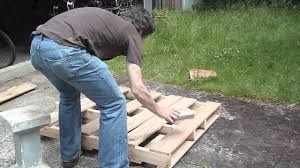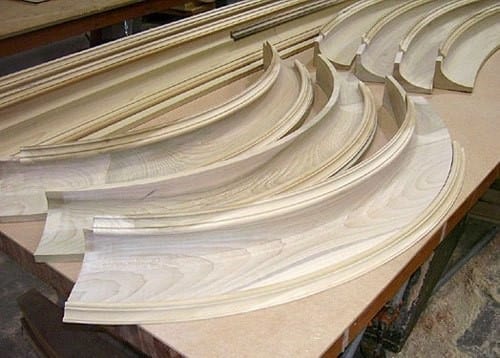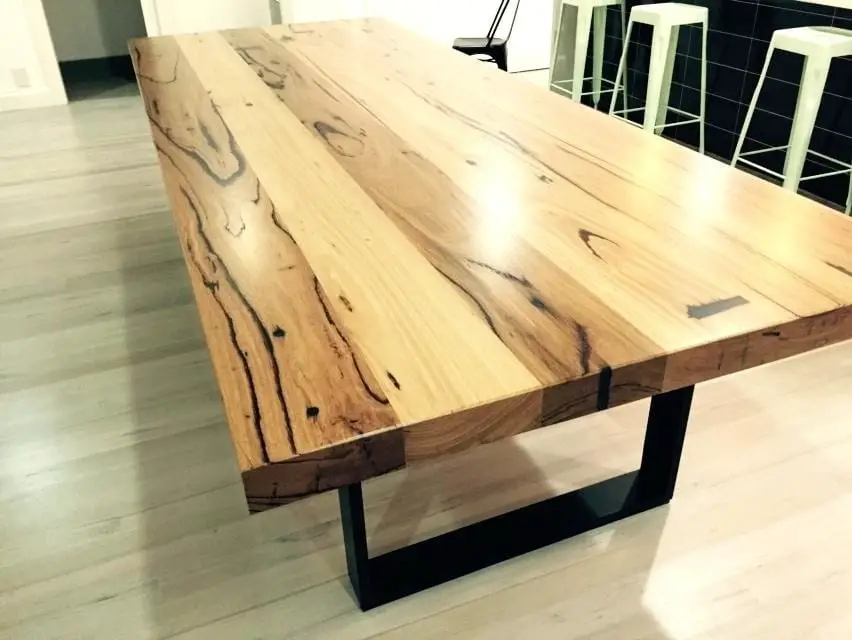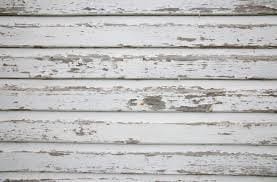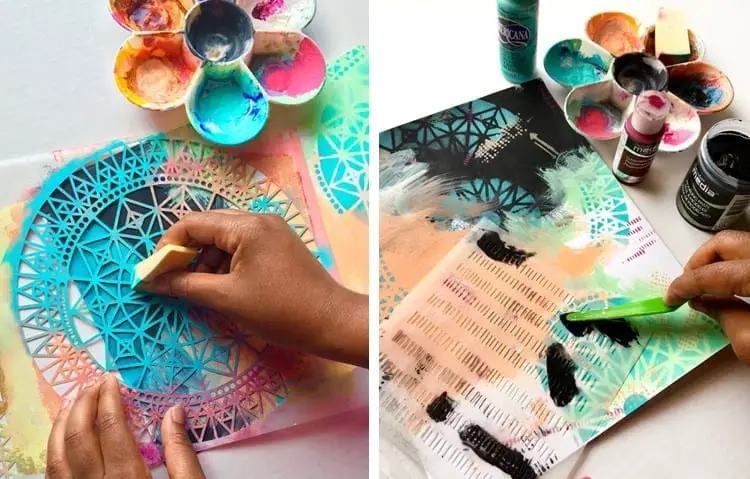If you are planning on having a guinea pig as a pet, you must consider building a home for it. What better home you can make for your furry pet than a cage made out of wood. This guide will help you make a guinea pig cage out of wood for a single pet. Take note that a single guinea pig needs at least 7.5 square feet of cage space so for two or more pets, you need a bigger cage.
Building a cage out of wood for a pet guinea pig
Guinea pigs need a lot of space to live, eat and to exercise. These furry little creatures love to burrow into cardboard or wood shavings and move up and down ramps and ladders. These can live with two or more but for this project; you will only be making a simple guinea pig cage made of wood for one.
Things you’ll need
- Good solid wood pieces
- Wire mesh
- Wood staples
- Screws or nails
- Galvanized latches
- Electric drill
- Hammer
- Screwdriver
- Tape measure
- Wire-cutters
- Saw
You may refurbish an old, large cupboard or cabinet
Instructions
Plan the setup or layout of your project. Basically, the bigger the hutch, the better it is for any creature. If you have more guinea pigs add about 2-4 square feet for each additional guinea pig. Aside from building a single-story cage, you can construct two stories or three. But this requires a ramp where your pet can move up or down.
Generally, guinea pigs are not too athletic but they would move around if they feel like it. Keep in mind that guinea pigs should not be kept outdoors. These cute creatures require an indoor environment with a temperature of 65–80 °F (18–27 °C).
1) Sketch the hutch

Source: https://ftblog.info/indoor-guinea-pig-cage-favored/indoor-guinea-pig-cage-120-cm-home-side-view-2-inspiration-large-wooden-with-roof/
Before you begin; create a detailed sketch of the cage including the living area measurement, the height and the width of the cage and any levels you may want to add. A blueprint of your project will help you work smoothly and will prevent any mistakes that can cost you materials, time and money.
2) Measure and sand wood
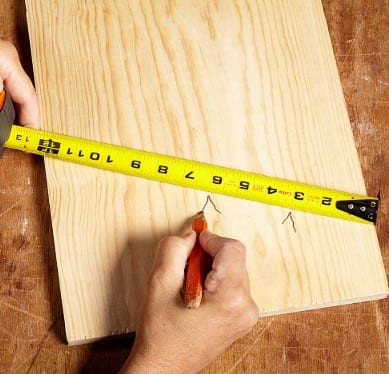
Source: https://www.constructionprotips.com/tools-materials/hands-on/15-carpenter-tools-for-measuring-and-marking/
Build the frame by taking measurements and cutting your materials. You will need to have three separate lengths for the wooden sections: one for length, one for width, and one for height. You will need at least 4 pieces of each size. These will be your hutch’s walls. You also need to measure wood for your cage’s opening doors and other panels inside the hutch.
Measure the wood and double-check the measurements you did before you make the cut. Use an electric drill, hand saw or a circular saw to make precise cuts.
Once you have all the wooden parts ready, sand the edges to avoid injuring your pet. Use a large grit sandpaper to finish the pieces.
3) Assembly time

Source: http://www.popentertainment.com/tommymac.htm
Now that you have all the wooden pieces ready, it’s time to assemble the different pieces. Install the floor, walls, and roof. Use a staple gun to put these all together. The hutch must have a solid floor and roof. The floor should be ideally made of plastic so it won’t become ruined because of urine and water. The roof may be made of solid wood.
Avoid using wire mesh for the floor. Some people recommend using wire mesh to it would be easier to remove the guinea pig’s feces. However, having this kind of flooring can lead to injuries and even to a broken leg.
You may use chicken wire as walls for the cage. Simply fit the chicken wire mesh to the sides of the cage and staple these with a staple gun. Cut the excess.
A few things to consider
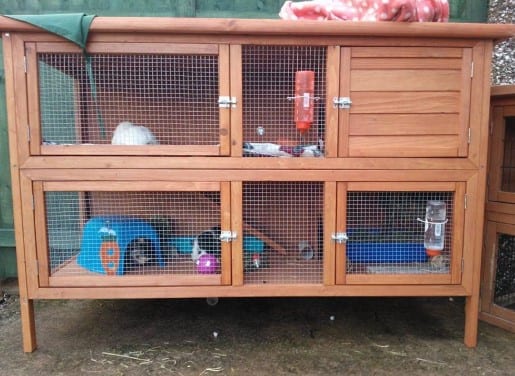
If you still want to use wooden floors, place a tarp or a thick plastic so it won’t be soaked with urine. Place a thick layer of bedding like wood shavings, newspapers, shredded cardboard, etc. so these will absorb any liquid from the cage. Some guinea pigs may want to gnaw on wood, therefore, it may not be recommended. If your pet exhibits this behavior, use a steel or plastic cage instead.
Conclusion
Building a guinea pig cage is a wonderful project especially if you or your child has a new pet. Choose your materials wisely. Experiment on different designs until you find the best one that will suit your pet’s needs.

